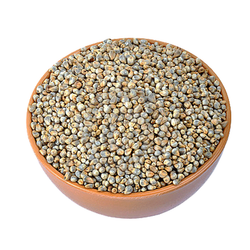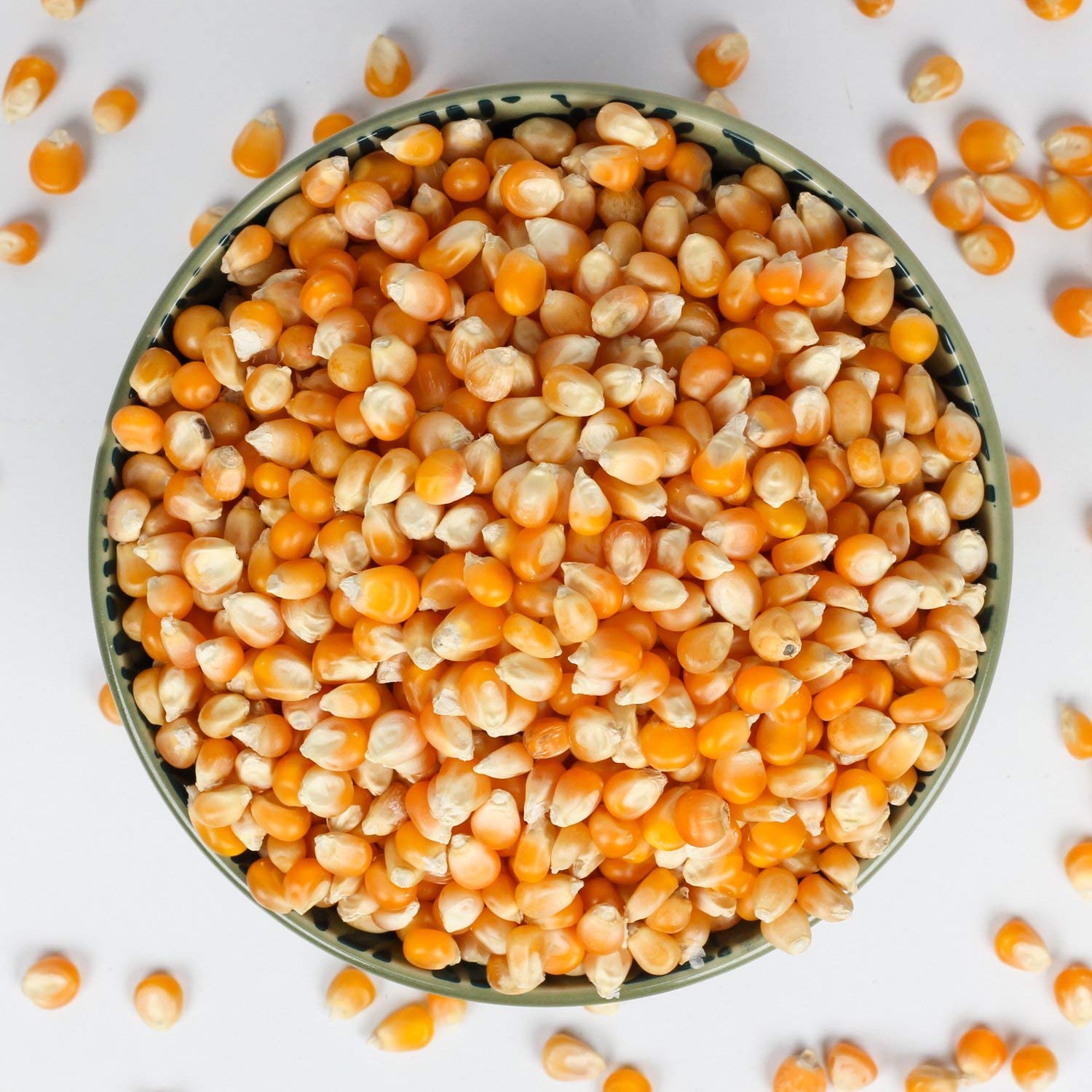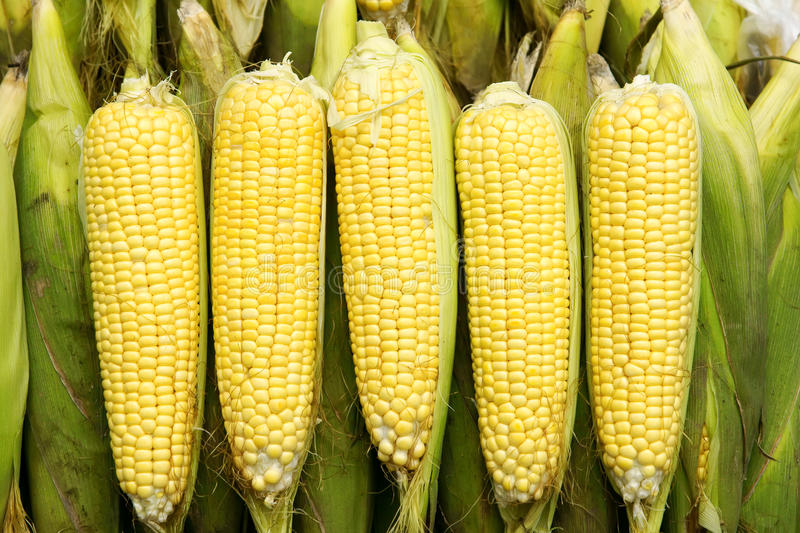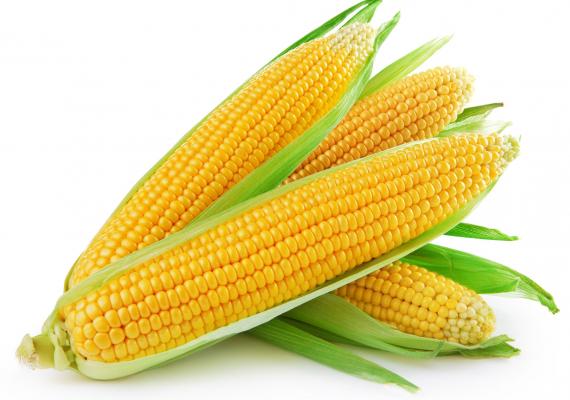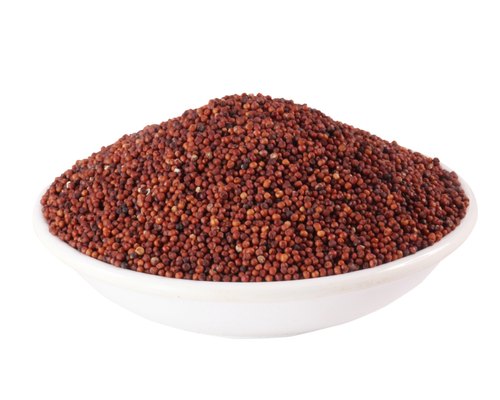Phytate
Micronutrient
Last update date: October 11, 2023
Phytate is a substance found in plant seeds. They are found in foods such as grains, legumes, tubers, nuts, and seeds. They are used in bread making process and as prebiotics.
Frequently Asked Questions
1.
What is Phytate?
Phytic acid, commonly referred to as phytate, is a naturally occurring compound primarily found in plant seeds. Its primary role in these seeds is to store phosphorus, a vital nutrient essential for the growth of young plants. As the seeds germinate and sprout, phytate is broken down, releasing phosphorus for the developing plant. Phytic acid is also known by its scientific name, inositol hexaphosphate (IP6), and is utilized in the food industry for its antioxidant properties, making it a valuable preservative.
2.
What is positive impact of Phytate?
Phytic acid demonstrates a dual nature, with both beneficial and detrimental effects contingent upon the context. For the majority of individuals, it is considered a beneficial plant compound with antioxidant properties that may contribute to protection against insulin resistance. Some research even suggests that phytic acid could play a role in the reduced risk of colon cancer associated with the consumption of whole grains.
3.
What is negative impact of Phytate?
Phytic acid's negative impacts are not widely recognized, and further research is needed to fully understand its potential adverse effects on health.
4.
Who should avoid Phytate?
Individuals who may need to be cautious about their phytic acid intake include those at risk of iron and zinc deficiency. High-phytate foods such as grains, nuts, and legumes can interfere with the absorption of these essential minerals. To mitigate this, various strategies like soaking, sprouting, and fermentation are often employed in food preparation to reduce phytic acid levels and enhance mineral absorption.
5.
What are common sources of Phytate?
Phytic acid is exclusively found in plant-derived foods. It is present in varying amounts in all edible seeds, grains, legumes, and nuts. Additionally, small quantities of phytic acid can be found in certain roots and tubers. Understanding the sources of phytic acid in your diet can help you make informed choices about nutrient intake and meal planning.




